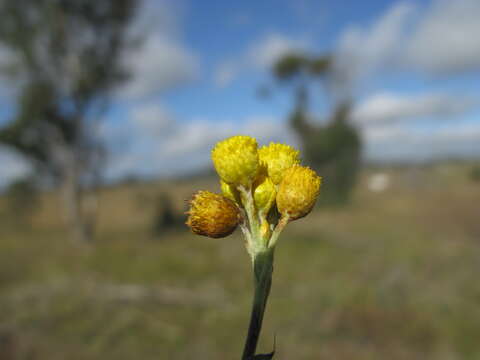Chrysocephalum apiculatum flowerhead3 (14334936262)

Description:
Summary.mw-parser-output table.commons-file-information-table,.mw-parser-output.fileinfotpl-type-information{border:1px solid #a2a9b1;background-color:#f8f9fa;padding:5px;font-size:95%;border-spacing:2px;box-sizing:border-box;margin:0;width:100%}.mw-parser-output table.commons-file-information-table>tbody>tr,.mw-parser-output.fileinfotpl-type-information>tbody>tr{vertical-align:top}.mw-parser-output table.commons-file-information-table>tbody>tr>td,.mw-parser-output table.commons-file-information-table>tbody>tr>th,.mw-parser-output.fileinfotpl-type-information>tbody>tr>td,.mw-parser-output.fileinfotpl-type-information>tbody>tr>th{padding:4px}.mw-parser-output.fileinfo-paramfield{background:#ccf;text-align:right;padding-right:0.4em;width:15%;font-weight:bold}.mw-parser-output.commons-file-information-table+table.commons-file-information-table,.mw-parser-output.commons-file-information-table+div.commons-file-information-table>table{border-top:0;padding-top:0;margin-top:-8px}@media only screen and (max-width:719px){.mw-parser-output table.commons-file-information-table,.mw-parser-output.commons-file-information-table.fileinfotpl-type-information{border-spacing:0;padding:0;word-break:break-word;width:100%!important}.mw-parser-output.commons-file-information-table>tbody,.mw-parser-output.fileinfotpl-type-information>tbody{display:block}.mw-parser-output.commons-file-information-table>tbody>tr>td,.mw-parser-output.commons-file-information-table>tbody>tr>th,.mw-parser-output.fileinfotpl-type-information>tbody>tr>td,.mw-parser-output.fileinfotpl-type-information>tbody>tr>th{padding:0.2em 0.4em;text-align:left;text-align:start}.mw-parser-output.commons-file-information-table>tbody>tr,.mw-parser-output.fileinfotpl-type-information>tbody>tr{display:flex;flex-direction:column}.mw-parser-output.commons-file-information-table+table.commons-file-information-table,.mw-parser-output.commons-file-information-table+div.commons-file-information-table>table{margin-top:-1px}.mw-parser-output.fileinfo-paramfield{box-sizing:border-box;flex:1 0 100%;width:100%}} Description: Native, warm-season, perennial, very variable, tufted, upright or creeping herb. Plants are usually less than 40 cm tall and often greyish green. Leaves are 1-6 cm long and narrow obovate to spoon-shaped. Flowerheads are compact clusters of golden yellow heads (mostly 7-15 mm wide) at the end of the stems. Flowering is mostly in spring and summer. Found in open and disturbed areas of native pastures, woodlands and forests; usually on sandy or stony soils. Native biodiversity. Has been recorded as causing blindness in stock, but it is usually grazed without problems. Palatable to stock and can be grazed out under continuous stocking. Overgrazing is more likely in spring and autumn when feed is scarce or the quality of other pasture species is reduced. Overgrazing can be avoided by providing regular rests from grazing or using low stocking rates (less reliable). Date: 24 May 2014, 10:40. Source: Chrysocephalum apiculatum flowerhead3. Author: Harry Rose from South West Rocks, Australia.
Included On The Following Pages:
- Life (creatures)
- Cellular (cellular organisms)
- Eukaryota (eukaryotes)
- Archaeplastida (plants)
- Chloroplastida (green plants)
- Streptophyta
- Embryophytes
- Tracheophyta (ferns)
- Spermatophytes (seed plants)
- Angiosperms (Dicotyledons)
- Eudicots
- Superasterids
- Asterids
- Asterales
- Asteraceae (composite family)
- Chrysocephalum
- Chrysocephalum apiculatum
This image is not featured in any collections.
Source Information
- license
- cc-by-3.0
- copyright
- Harry Rose
- creator
- Harry Rose
- source
- Flickr user ID macleaygrassman
- original
- original media file
- visit source
- partner site
- Wikimedia Commons
- ID


